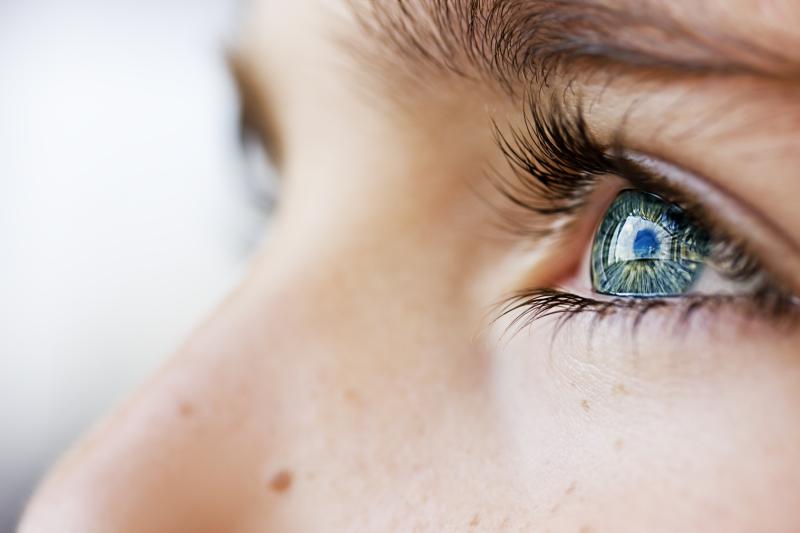
LASIK has become the ultimate fix for visual problems, and many dream that LASIK will correct any vision problem that they may have. However, LASIK cannot correct eye diseases like glaucoma or macular degeneration. It will not correct presbyopia, which is a stiffening of the eye’s ability to focus on nearby objects, making small print blurry and requiring reading glasses. Presbyopia happens to everyone with age.
Instead, LASIK corrects refractive visual problems. Here are a few examples to give you an idea of whether or not LASIK will work for your particular vision problem.
What is a refractive visual problem?
Refractive visual problems, also called refraction error, are due to the shape of a person’s eye. Light reflects improperly on the retina due to the shape of the eye, causing near-sightedness, far-sightedness and astigmatism. Uncorrected refractive error accounts for half of correctable visual impairment throughout the world. Sadly, uncorrected refractive errors cause increased risk of death in those over 50 in low-income countries. Refractive errors are easily corrected with glasses and contact lenses, as well as LASIK, in the United States.
How does LASIK correct myopia?
Myopia means near-sightedness. People who are near-sighted can easily view small print and close material, but distance vision is blurred. The reason for the error is that the eyeball is longer than normal from front to back, rather like an egg. The cornea is curved steeply, so images focus in front of the retina, rather than on it, as they should.
LASIK can change the shape of the elongated eyeball permanently. A hinged flap is cut into the cornea with a very precise knife called a microkeratome or with a laser procedure. The flap is folded back so that the middle section of the cornea, or stroma, is revealed. A portion of this stroma is vaporized via laser and the flap replaced. This alters the shape of the eyeball for better focus upon the retina.
How does LASIK correct presbyopia?
Far-sightedness is somewhat the opposite visual error from myopia. Distant objects are very clear, but near material is blurred. The eyeball is abnormally short. LASIK changes the outer corneal layer’s shape to accommodate hyperopia. When this is finished, the image presented becomes clear close up, just as it is at a distance.
How does LASIK correct astigmatism?
Usually, LASIK surgery can completely correct astigmatism, because astigmatism is caused by the cornea’s asymmetrical shape. Very precise laser surgery can be computer-programmed to reshape the corneal surface and eliminate the wavy edges of vision characterized by astigmatism. If the astigmatism is very high, another laser touch-up may be needed to fully correct the problem.
LASIK and presbyopia
At this time, LASIK can only correct myopia, hyperopia and astigmatism. Another LASIK procedure is being tested to treat presbyopia, but it is unavailable until approved by the FDA.
Myopic people with far-sightedness due to aging may opt to have their vision corrected with LASIK, but correction for one eye may be complete and the other left near-sighted. This is called mono-vision, and assists the person to view small objects clearly with one eye as well as distance vision with the other.
Common visual errors are now very easily corrected in Western countries, so much so that normal vision is completely restored and the person lives a normal life free from the handicap of poor vision.
Anica Oaks
Recent Posts
- Castor Oil For Better Hair Growth: Is It Myth Or Fact?
- Exploring the Differences Between Sermorelin, Ipamorelin, Ibutamoren, GHRP2, and GHRP6: Understanding Their Role in Human Growth Hormone Regulation
- Unraveling the Mystery: Understanding the Causes and Prognosis of Ventricular Tachycardia Without Apparent Heart Disease
- Understanding Grandparents’ Rights in Oklahoma: Navigating Visitation and Legal Protections
- 10 Reasons to Consider Hypnotherapy for Your Health

